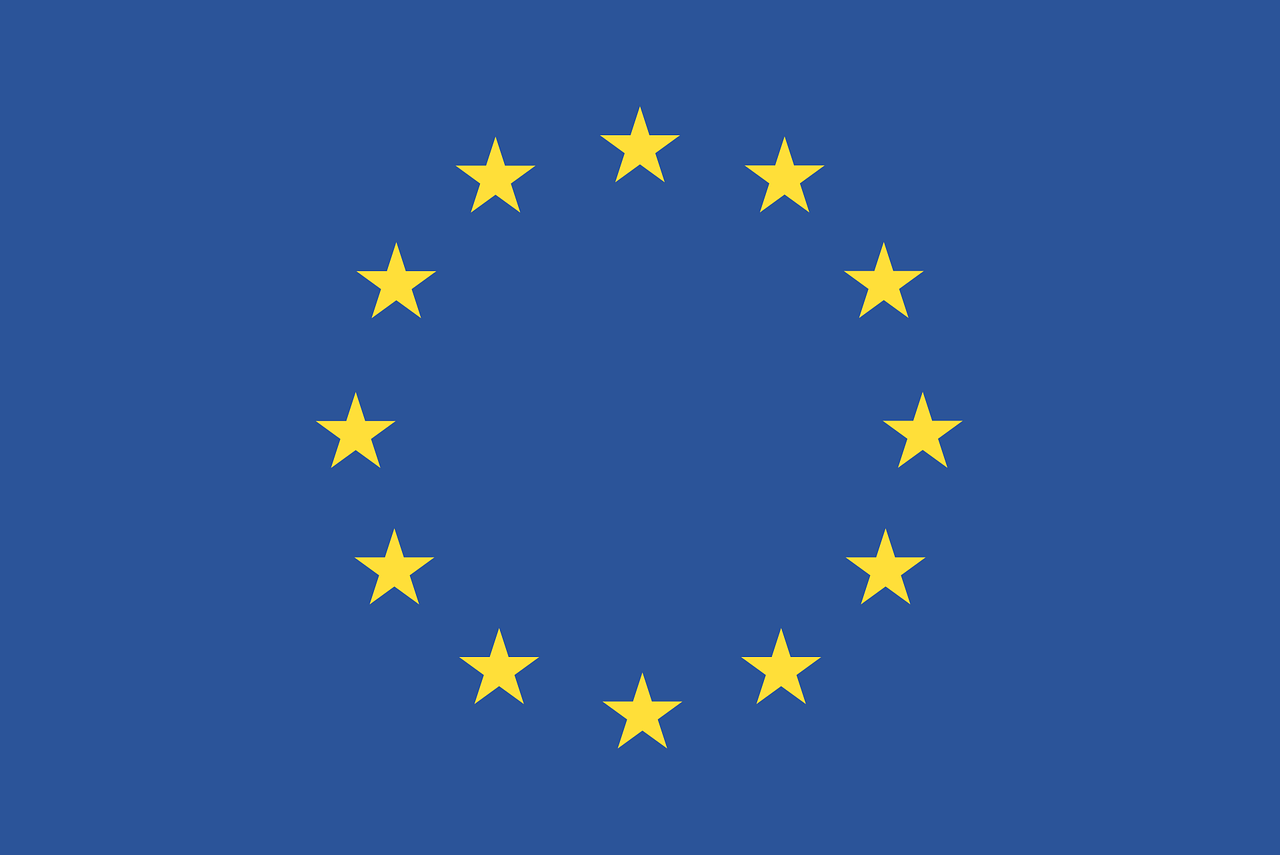
403
Sorry!!
Error! We're sorry, but the page you were looking for doesn't exist.
EU’s “Drone Wall” Initiative Faces Political Hurdles
(MENAFN) The European Union’s security plan known as the “Drone Wall” could encounter significant obstacles as experts caution that disagreements over funding, leadership, and strategic direction may slow its implementation.
Recently, Poland reported nearly 20 suspected Russian drone sightings, with similar events occurring in Romania, Estonia, Norway, Sweden, and Finland.
These suspected drone activities have also caused disruptions at airports in Oslo, Copenhagen, and Munich.
In response to these incursions, European Commission President Ursula von der Leyen formally introduced an EU program aimed at shielding the region from drone threats.
However, as the initiative evolves from announcement to actionable strategy, a growing array of political and operational challenges has raised doubts among analysts about the plan’s effectiveness.
The initiative, initially launched by Lithuania under the name “drone wall,” was celebrated as a milestone in collective defense, yet its title soon exposed divisions across Europe.
“There has been a lot of controversy over the very fact of naming it the drone wall in the first place, and in fact, they changed the name,” Matteo Ilardo, a European affairs expert at RENA, told a news agency.
Ilardo noted that labeling it a “wall” suggested an “impregnable, geographically fixed” barrier focused on Eastern Europe—an image that concerned some of the continent’s larger Western nations.
Reflecting similar worries, French President Emmanuel Macron argued that Europe should focus on bolstering its overall air defense and deterrence capabilities instead of relying on the concept of a “drone wall,” which he called “not totally feasible."
Recently, Poland reported nearly 20 suspected Russian drone sightings, with similar events occurring in Romania, Estonia, Norway, Sweden, and Finland.
These suspected drone activities have also caused disruptions at airports in Oslo, Copenhagen, and Munich.
In response to these incursions, European Commission President Ursula von der Leyen formally introduced an EU program aimed at shielding the region from drone threats.
However, as the initiative evolves from announcement to actionable strategy, a growing array of political and operational challenges has raised doubts among analysts about the plan’s effectiveness.
The initiative, initially launched by Lithuania under the name “drone wall,” was celebrated as a milestone in collective defense, yet its title soon exposed divisions across Europe.
“There has been a lot of controversy over the very fact of naming it the drone wall in the first place, and in fact, they changed the name,” Matteo Ilardo, a European affairs expert at RENA, told a news agency.
Ilardo noted that labeling it a “wall” suggested an “impregnable, geographically fixed” barrier focused on Eastern Europe—an image that concerned some of the continent’s larger Western nations.
Reflecting similar worries, French President Emmanuel Macron argued that Europe should focus on bolstering its overall air defense and deterrence capabilities instead of relying on the concept of a “drone wall,” which he called “not totally feasible."

Legal Disclaimer:
MENAFN provides the
information “as is” without warranty of any kind. We do not accept
any responsibility or liability for the accuracy, content, images,
videos, licenses, completeness, legality, or reliability of the information
contained in this article. If you have any complaints or copyright
issues related to this article, kindly contact the provider above.

















Comments
No comment